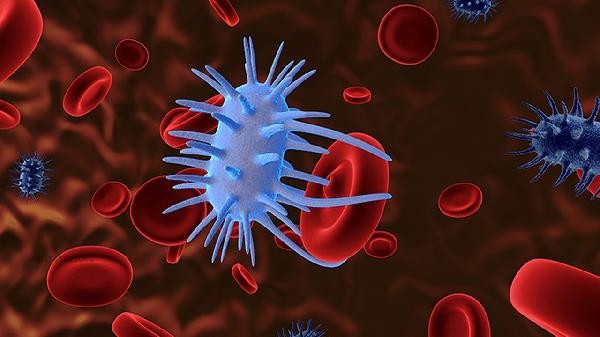The erythrocyte sedimentation rate of 21 millimeters per hour may be caused by factors such as infection, inflammatory response, anemia, autoimmune diseases, tumors, etc. It needs to be comprehensively judged in combination with other examination indicators.

1. Infection:
Bacterial or viral infection can stimulate the body to produce acute phase response proteins, leading to an increase in fibrinogen levels and accelerating red blood cell aggregation. Commonly seen in respiratory tract infections, urinary tract infections, etc., usually accompanied by systemic symptoms such as fever and fatigue. Blood routine examination shows abnormal white blood cell count and elevated C-reactive protein.
2. Inflammatory response:
During the active phase of non infectious inflammations such as rheumatoid arthritis and ankylosing spondylitis, inflammatory factors can alter the composition of plasma proteins and increase the bridging effect between red blood cells. These patients often have typical symptoms such as joint swelling and pain, morning stiffness, etc., and need to be diagnosed through immunological tests such as anti nuclear antibodies and rheumatoid factor.
3. Anemia: When hemoglobin concentration decreases, the decrease in red blood cell count will weaken sedimentation resistance, manifested as a false increase in sedimentation rate. Patients with iron deficiency anemia may experience pale complexion and fatigue, and serum ferritin and transferrin saturation should be checked; Hemolytic anemia shows jaundice, soy sauce colored urine, and significantly increased reticulocyte count. 4. Autoimmune diseases: Systemic lupus erythematosus, Sjogren's syndrome, and other diseases can produce a large amount of autoantibodies, forming immune complexes that adsorb onto the surface of red blood cells. These patients are often accompanied by positive specific antibodies, such as anti double stranded DNA antibodies, anti SSA antibodies, etc., and may exhibit typical symptoms such as butterfly erythema and oral ulcers.

5. Tumor related diseases:
Some malignant tumors secrete abnormal proteins or cause chronic depletion, leading to increased erythrocyte sedimentation rate. Multiple myeloma can produce monoclonal immunoglobulin, and lymphoma patients may experience painless lymphadenopathy, which requires further differentiation through bone marrow aspiration and imaging examinations.
It is recommended to dynamically monitor changes in erythrocyte sedimentation rate and improve related examinations such as C-reactive protein, serum protein electrophoresis, and tumor markers. Pay attention to daily observation for accompanying symptoms such as fever, joint pain, and weight loss, maintain sufficient sleep and a balanced diet, and avoid vigorous exercise affecting test results. Women may experience a rapid increase in physiological erythrocyte sedimentation rate during menstruation and pregnancy, and it is recommended to avoid re examination during special periods. If the abnormality persists, it is necessary to seek medical attention from a specialist in rheumatology, immunology or hematology, and if necessary, undergo in-depth examinations such as tissue biopsy.









Comments (0)
Leave a Comment
No comments yet
Be the first to share your thoughts!